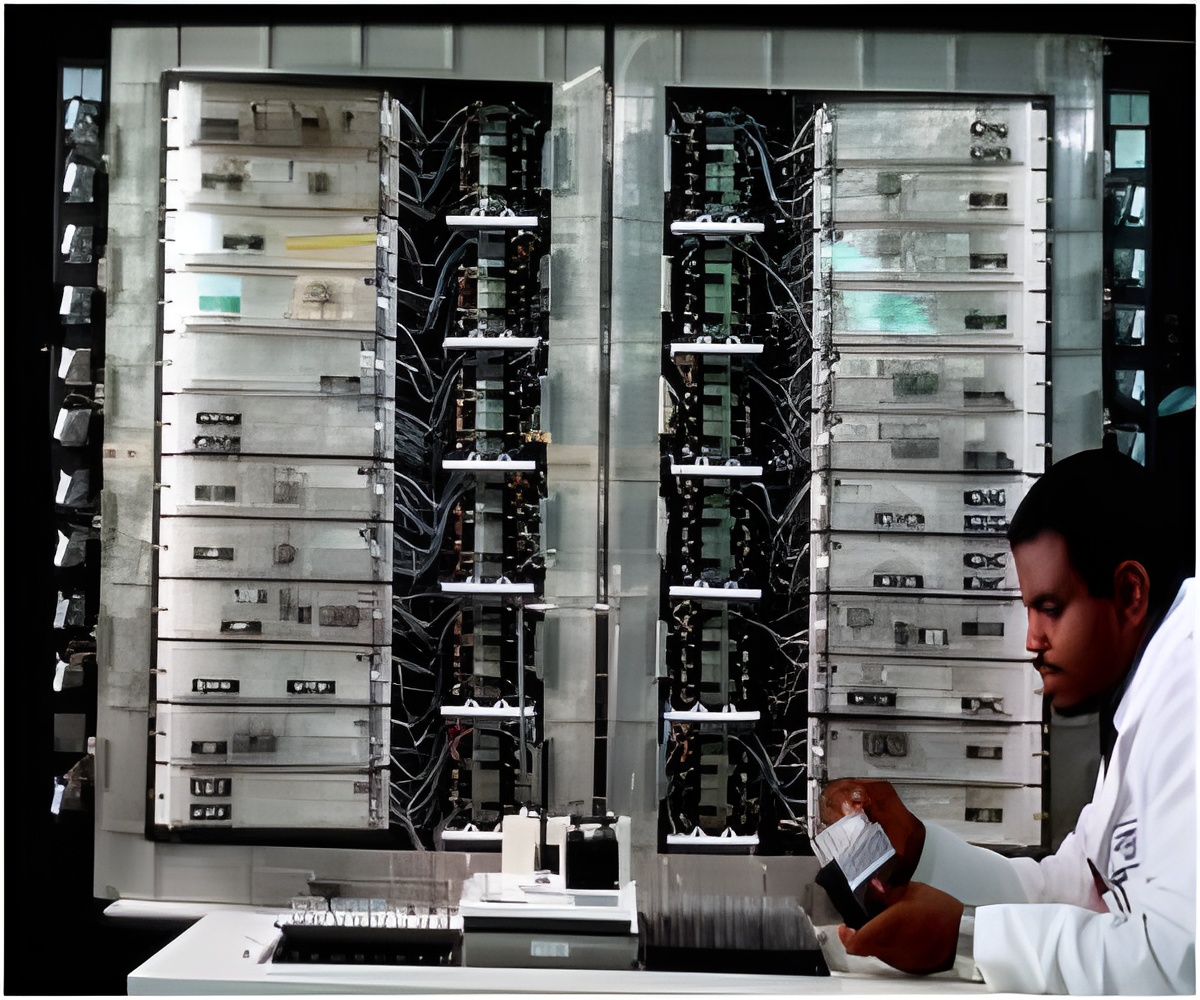
As the only literate woman in the family, Devika was entrusted with the task of sending the messages to distant family members and fellow Hindu friends.
The family finally reunited in the Indian capital after countless exchanges, escaping the religious violence which claimed up to a million lives following the partition of the subcontinent in 1947.
"Crossing the border meant risking your own life," Santosh Sharma told AFP, remembering the tense period of post-partition India.
"At that time the telegram was the only way to keep families informed, give speedy updates and reunite."
After 162 years of connecting people, India is now set to disband the world's last major telegram service and its legions of cycle-borne delivery workers.
Advertisement
In the days before mobile phones and the Internet, the telegram network was the main form of communication, with 20 million messages dispatched from India in 1947 alone.
Advertisement
India's first telegraph lines were laid by British rulers in 1851 in the colonial capital of Kolkata, stretching about 25 miles (40 kilometres) down the Hoogly River to a key harbour on the Bay of Bengal.
By the turn of the century, 125,000 miles of wire had been unrolled and the service was used for much more than trade and commerce and employed thousands of educated Indians.
Its messages, always hand-delivered, announced court judgements, transfers, arrivals, births, weather, war and business transactions as well as the most dreaded news of all -- deaths.
Known locally as the "Taar" (wire), the service is also remembered for helping the British trading conglomerate the East India Company maintain its political and military domination of the region.
When Indian troops rebelled in 1857, sparking a widespread uprising against colonial rule, the telegram is credited with playing a crucial rule in helping British forces mobilise and regain control.
R.K. Rai, a retired telegraph operator in New Delhi, remembers the service in its pomp as hundreds of workers crashed out the dots and dashes of Morse Code used on telegraph machines.
"The whole office sounded like a factory," he remembers. "Sometimes we felt we knew every significant detail of our customer's lives," he said. "The word privacy did not exist in anyone's dictionary then."
Rai retired from the department in 2006 and he regularly visits his former workplace, the Central Telegraph Office, built in a white colonial style in the centre of the capital.
It send out less than 10 messages a day on average, though recent publicity about the imminent closure of the office has led dozens of people to send one last message, each costing 9 rupees (15 cents) per word as a memento.
Only 75 telegraph offices remain nation-wide, employing less than 1,000 telegraph operators.
When the telegraph offices close this month, the workers will be absorbed into other departments in the communications ministry.
Today, Rai like the rest of the mobile-toting country says he prefers using his phone to send messages.
"The new technology is so fast it just surprises me. Communication is a game of speed, the fastest will always win the game," he said.
"Eventually the telegraph system had to face defeat."
Source-AFP









